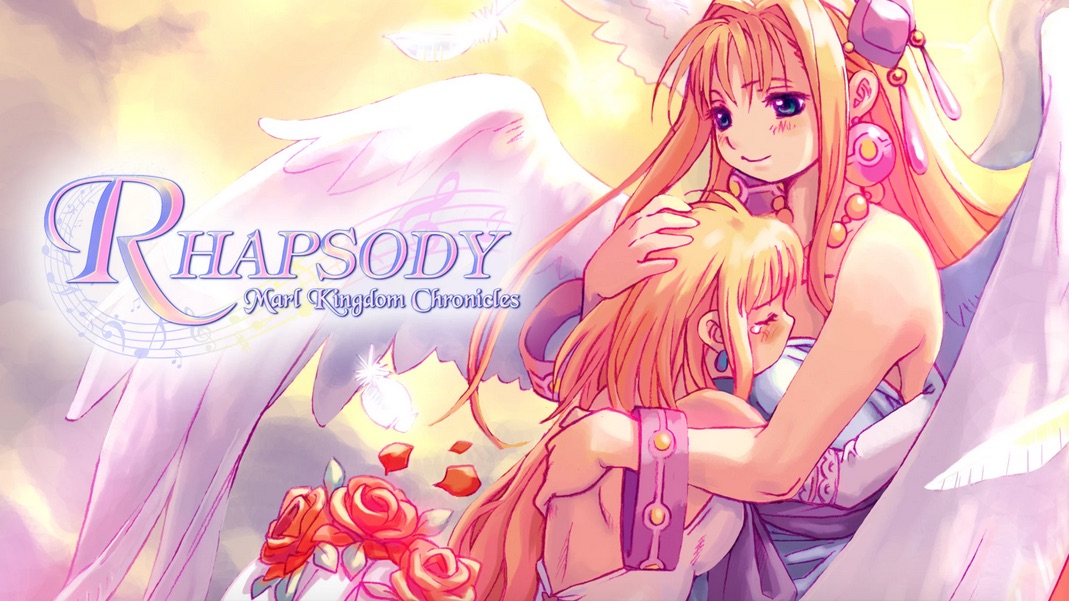
Rhapsody: A Musical Adventure was truly ahead of its time. It failed to gain any traction in the Western gaming world when it came out in 1998, but in its native Japan, it managed to spawn two sequels: Rhapsody II: Ballad of the Little Princess for the PlayStation and Rhapsody III: Memories of Marl Kingdom on the PlayStation 2.
Now that Rhapsody: A Musical Adventure has been reissued as part of the NIS Classics Volume 3 compilation, it may finally be time for the Western audience to experience these overlooked JRPG gems. Both sequels have been bundled together and are available in English (for the most part). Was it worth the wait? Read our Rhapsody: Marl Kingdom Chronicles review to find out!
Rhapsody: Marl Kingdom Chronicles
Developer: Nippon Ichi Software
Publisher: NIS America
Platforms: Windows PC, PlayStation (as Rhapsody II: Ballad of the Little Princess), PlayStation 2 (as Rhapsody III: Memories of Marl Kingdom), PlayStation 5, Nintendo Switch (reviewed)
Release Date: August 29, 2023
Price: $49.99 USD
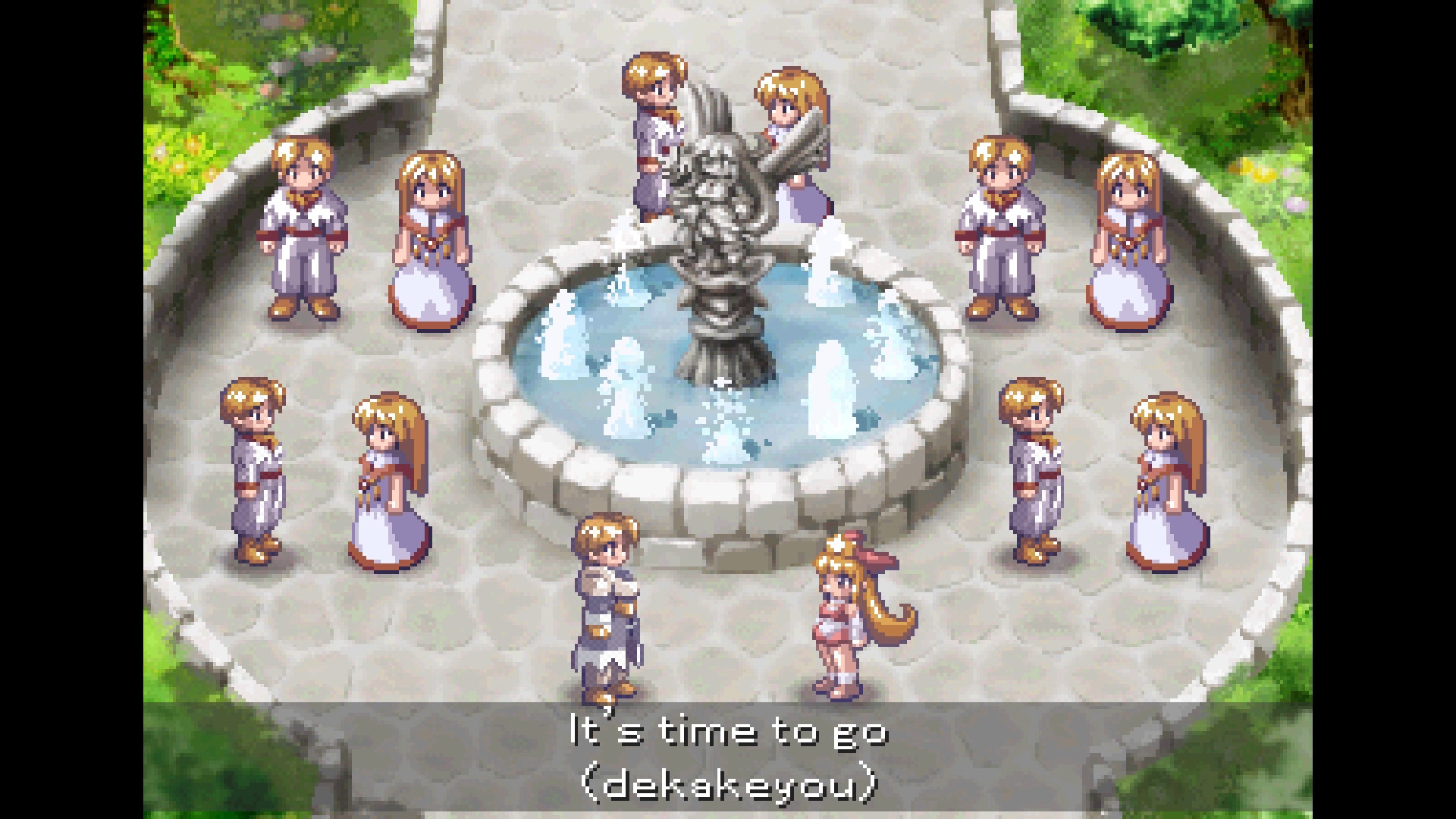
The PlayStation was the ultimate platform for JRPG enthusiasts. Those who grew up with it were treated to some of the finest examples of the genre, the reverberations of which still resonate today.
Everyone is familiar with heavyweights such as Suikoden II, Grandia, Breath of Fire III, Dragon Quest VII, and virtually anything with a SquareSoft logo on it. You couldn’t go wrong with any of them, but what about the lesser-known JRPGs? There are those who appreciate Beyond the Beyond or Koudelka, but not many gamers remember Rhapsody: A Musical Adventure.
Like most 90s JRPGs, Rhapsody tapped into the zeitgeist of the burgeoning anime craze. While most JRPGs aspired to be dark and gritty in a bid to attract the boys, Rhapsody chose a different path, offering a lighthearted and charming tactical RPG experience complete with adorable musical sequences.
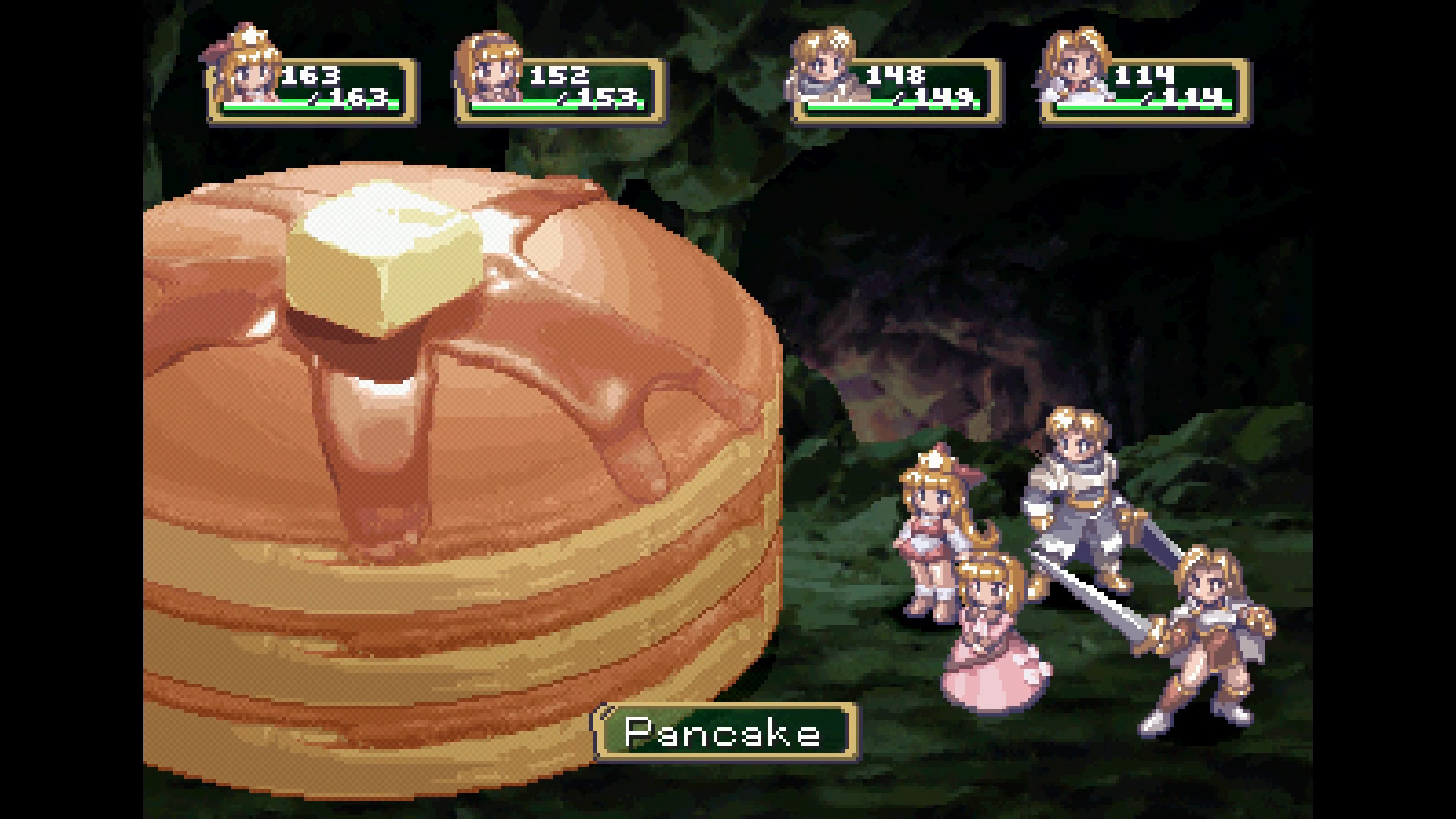
Rhapsody II: Ballad of the Little Princess is set several years after the first game. Princess Cornet has grown up and become queen. She now has a daughter named Kururu who takes on the role of the protagonist. However, the plot is rather thin, and its main antagonists are no more threatening than Team Rocket.
At its core, Ballad of the Little Princess aims to be very lighthearted, and even at its most dramatic moments, it deliberately embraces tropes. Most of the events in the game are episodic adventures where Kururu sneaks out of the palace to experience the world with her best friend. Thankfully it’s never dull and the scenarios always inject some bizarre humor that will catch you off-guard.
Of the two RPGs in this compilation, Ballad of the Little Princess is the winner. While the story may be simplistic, it is charming and filled with endearing characters. On the other hand, Rhapsody III: Memories of Marl Kingdom is not as enjoyable; it doubles down on the episodic story structure, with the point of view, timeframe, and setting going all over the place.
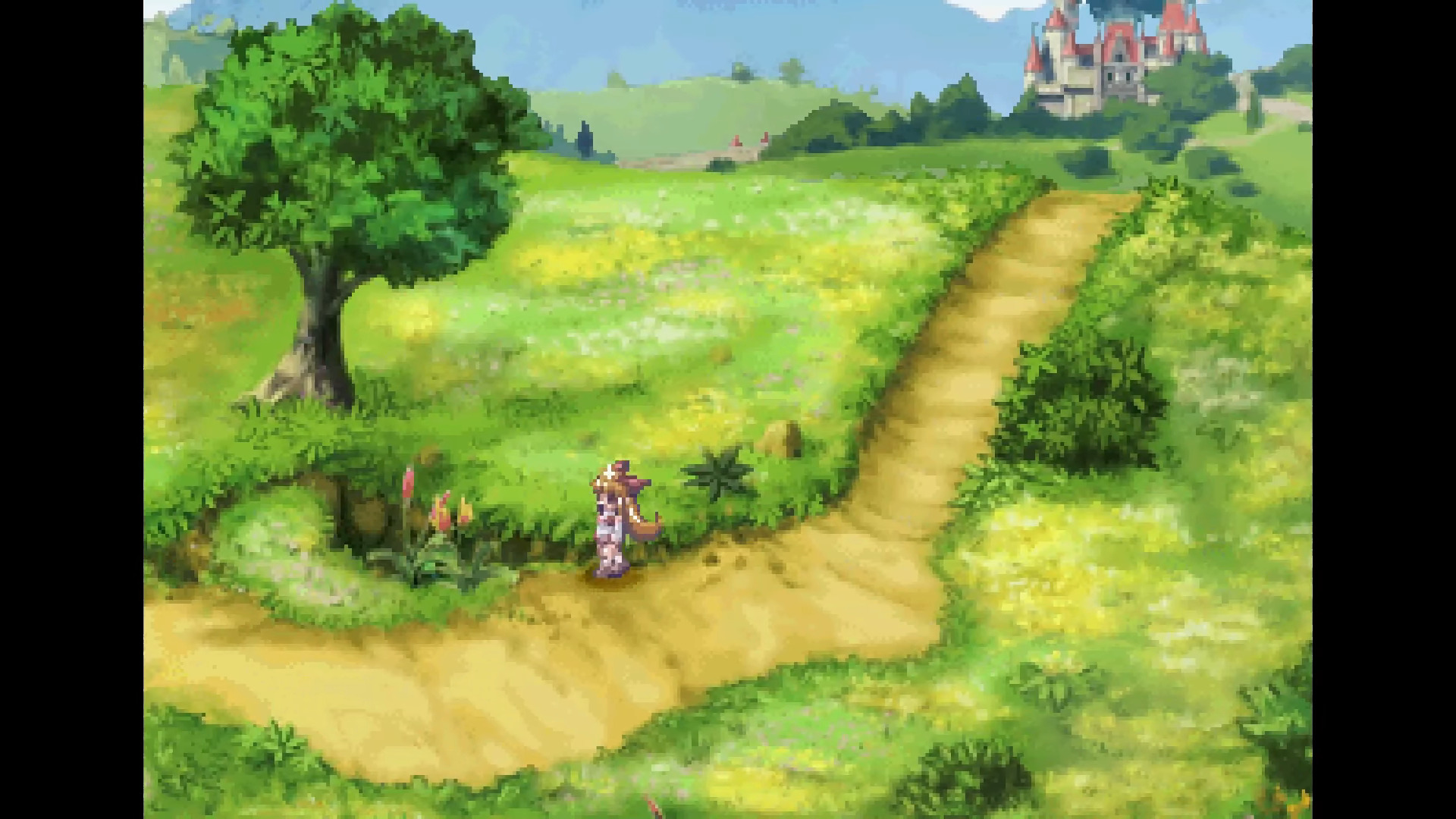
Just from the beginning of Memories of Marl Kingdom, it’s evident that things are going to get confusing. It starts by jumping back in time when Cornet was young, embarking on an adventure to help some mushroom characters, which has no relevance to the rest of the story. Throughout the game, you’ll constantly anticipate this subplot’s return, but it never does, leaving you with a feeling of a surreal fever dream.
From there, the game unfolds in episodes featuring various characters from the Rhapsody games, each having some kind of mini-adventure. Some of these episodes can be very short, lasting only a few hours, while others can be quite substantial, such as the story revolving around Kururu’s grandmother.
Memories of Marl Kingdom leans heavily on irreverent comedy, giving it more of a feeling of a collection of appendices rather than a true sequel to Ballad of the Little Princess. Rhapsody III may not have any real stakes to get invested in, but it’s never boring despite how inconsequential it is.
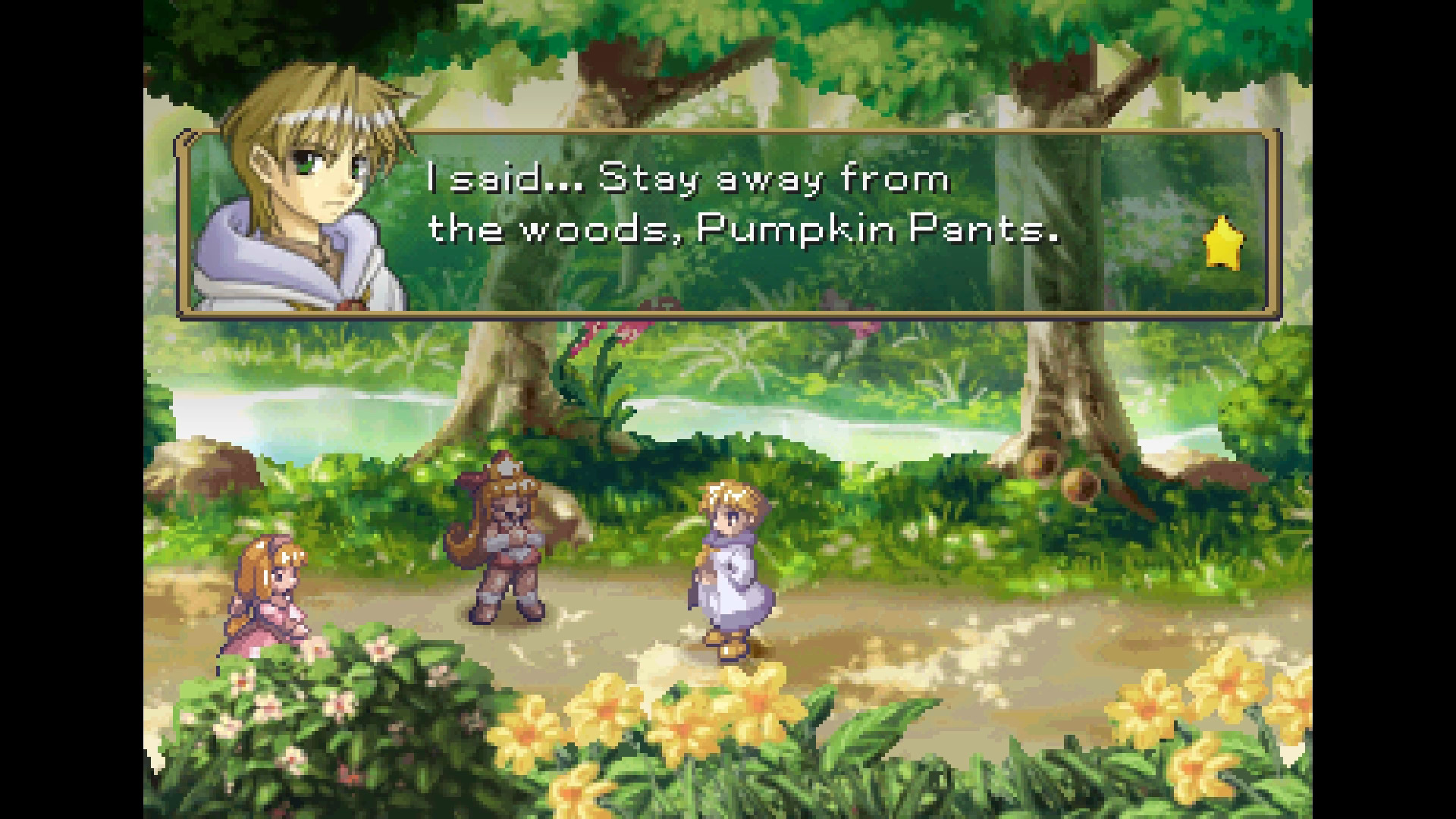
Both titles in this compilation have light and breezy difficulty to match their easy-going tones. Ballad of the Little Princess is especially very easy and even while playing casually without grinding, don’t expect too much of a fight from most bosses.
Both games feature a puppet system where certain characters can equip magical puppets that grant stat boosts and the ability to learn magical abilities. There is no MP system in these games, and using magic only comes at the cost of in-game currency. Given the rate at which these games provide players with cash, there is never a situation where players won’t be able to win most battles by using their most powerful spells.
Characters who cannot use puppets spend their HP to execute special attacks. When combined with the availability of endless healing spells funded by abundant cash, no fighter will ever suffer for long if players decide to utilize these unnecessary special attacks.
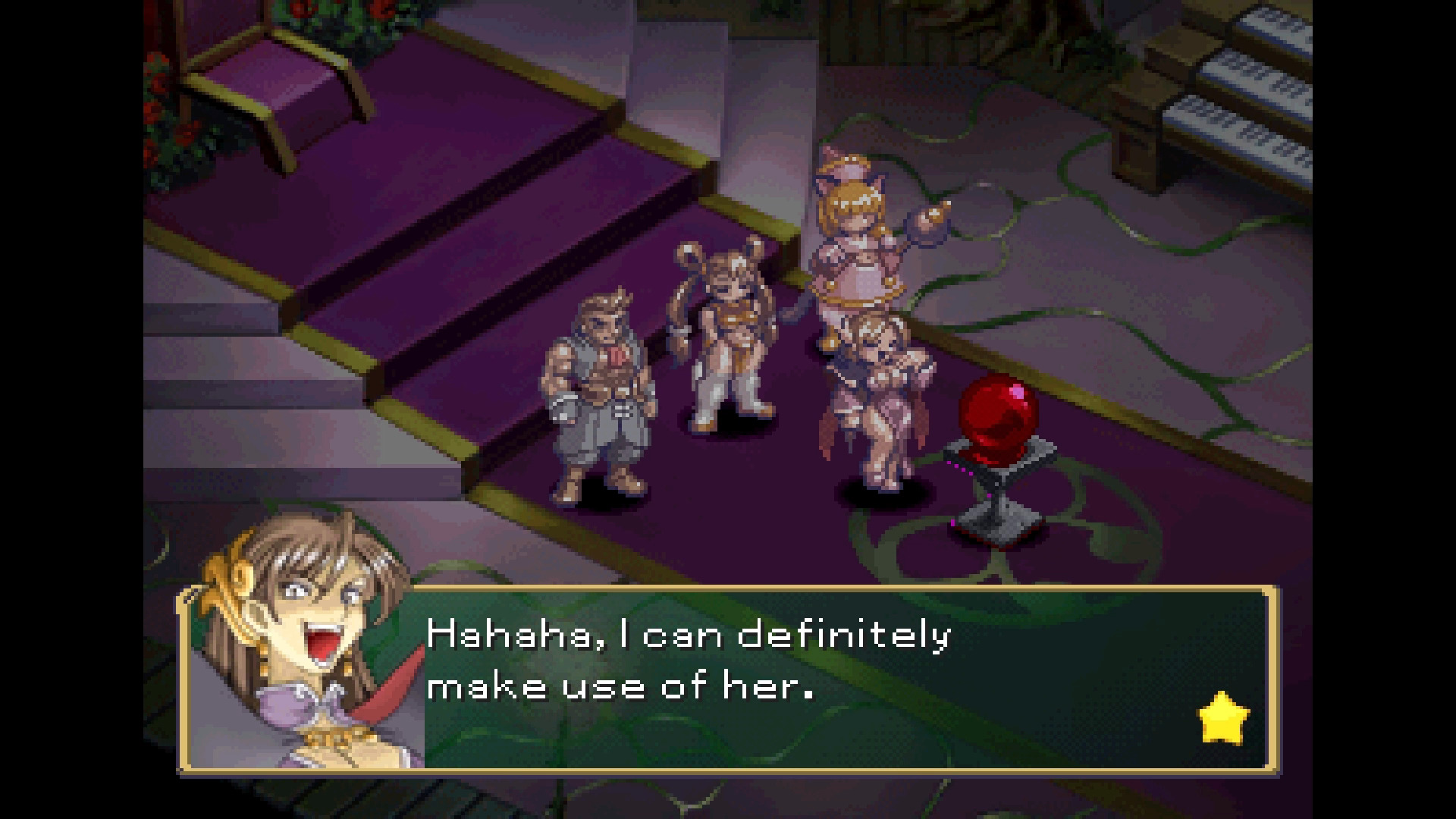
As if the Rhapsody cast wasn’t powerful enough, every time characters use magic, it builds up a music gauge. This gauge levels up, and each level can be spent on a powerful area-of-attack ability. Using the highest-level ability only drops the meter by one level, and since the best option for most battles is to use magic, it’s easy to max out this gauge and always have some deadly attacks ready to use.
This system is also present in Memories of Marl Kingdom but with some notable differences. The party size expands to a whopping twelve characters, and puppets are no longer limited to being just equipment; they effectively function as party members and operate similarly to a monster-catching type RPG.
Additionally, puppets can equip other puppets, making the range of party customization nearly endless. The only issue with all of this is that Memories of Marl Kingdom remains too easy, and all the options and flexibility hardly matter when battles can be easily won with basic and unimaginative strategies.
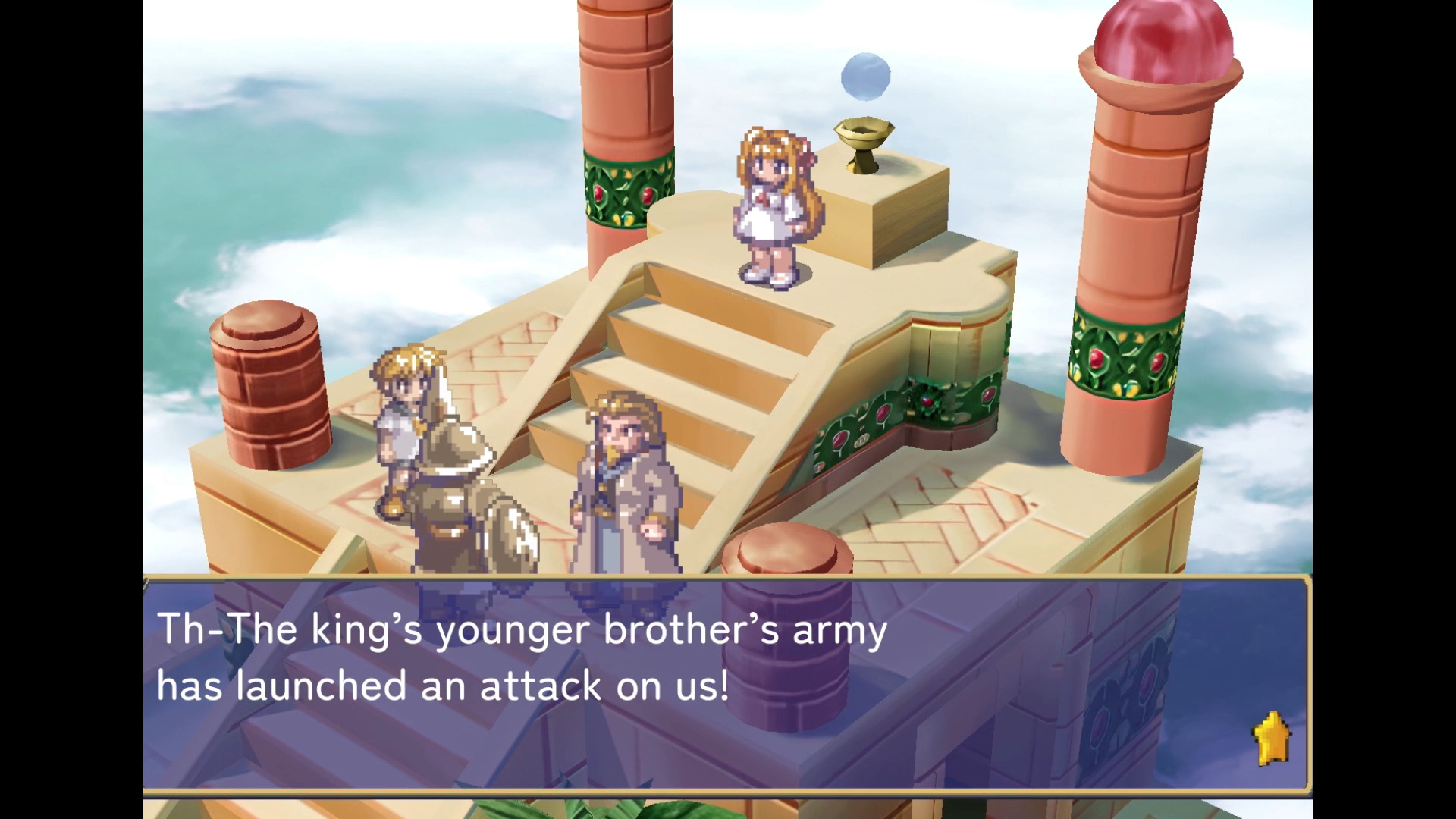
The turn-based combat may be no-frills and merely serviceable, but the visuals are lavish and meticulously drawn in both games. Ballad of the Princess‘ backgrounds are picturesque illustrations, and while the game inevitably recycles some of these, it is done tastefully and logically.
The sprite art and animation shine brightly in both games. Memories of Marl Kingdom was a PS2 game and does manage to have more detailed sprites with better animation, but it regretfully relies on simplistic geometry for the environments. The charming chunky pixel art doesn’t mesh well with sixth-gen 3D rendering and detailed textures.
The effect is incongruent, and the characters never feel grounded or attached to their world. The colors used in the environments are also garish and overly saturated compared to the light and airy pastels that make up the cast.
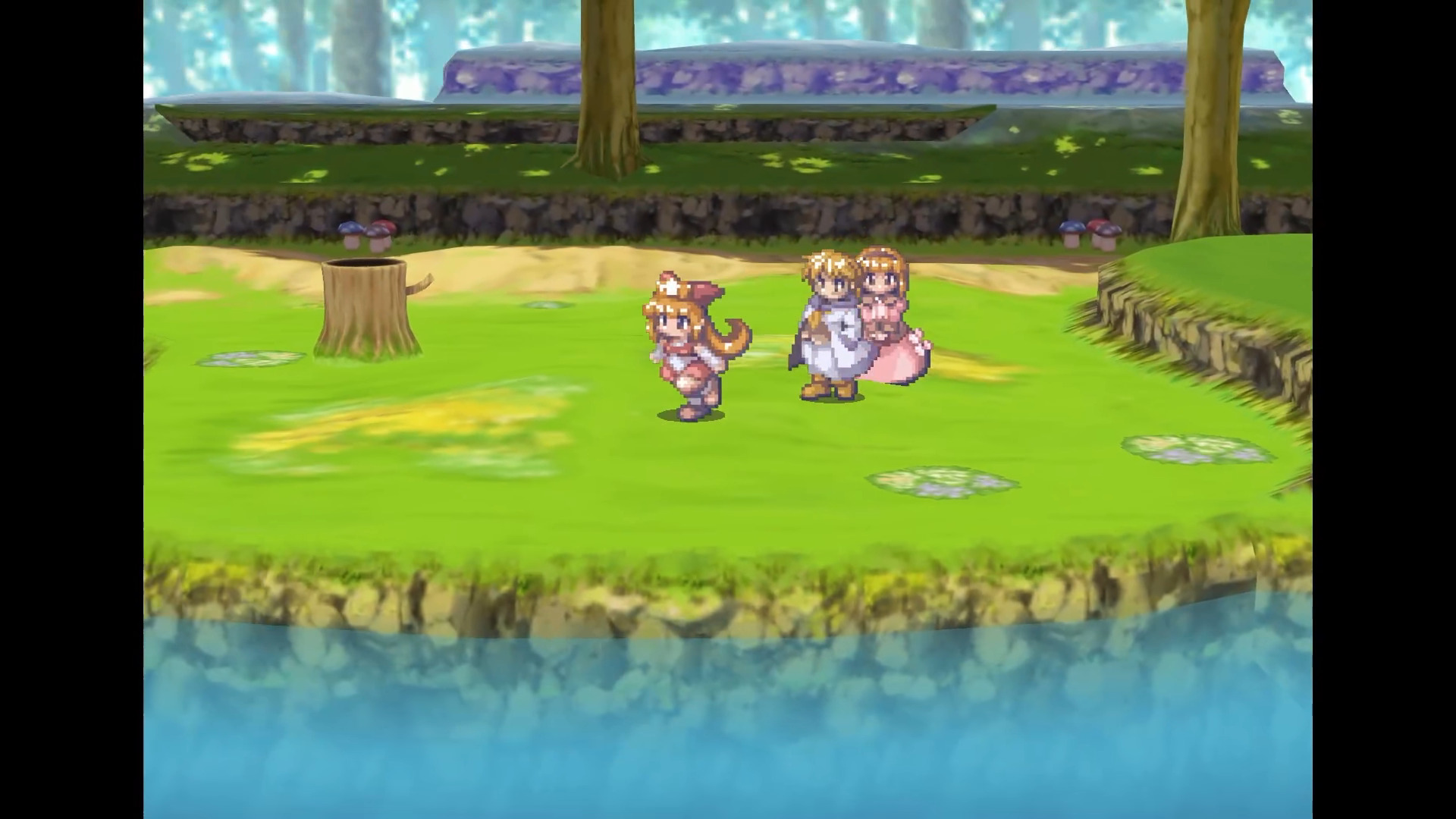
The games in Rhapsody: Marl Kingdom Chronicles bill themselves as ‘musical adventures,’ and they truly honor this premise. The music and songs in these games are delightfully whimsical and catchy. You can’t go wrong with either game’s soundtrack, as both honor the tradition of including adorable musical segments where characters break out into songs that move the plot forward.
Unfortunately, the musical sequences are not sung in English, which diminishes the appeal of the Rhapsody games. The first game found in the NIS Classics Volume 3 compilation features the English voice cast singing the songs, adding a lot of charm and personality to the experience.
Unless you know Japanese, it’s very challenging to fully appreciate the songs and lyrics. At the very least, the English voice cast closely matches their Japanese counterparts, so the disconnect isn’t as pronounced as it could be. Having to look at the bottom of the screen to read the subtitles and to try to figure out how the lyrics go with the melody takes will take gamers out of the scene.

This is by far the biggest mistake in this localization, especially considering there is an option to switch between English and Japanese audio. There was room for both, and it made no sense not to have English singing.
Ballad of the Little Princess is the real headliner in Rhapsody: Marl Kingdom Chronicles. Memories of Marl Kingdom presents an interesting and peculiar concept for a JRPG that fails to deliver on its promises but does have moments of genuine intrigue and humor.
The simplistic JRPG gameplay was charming, even when it was first released, but it’s clear that this was designed for 90s gamers who simply wanted to experience a wholesome anime on their PlayStations. It’s unfortunate that the otherwise solid localization didn’t include English singing because the musical segments are a highlight in both games.
Rhapsody: Marl Kingdom Chronicles was reviewed on Nintendo Switch using a code provided by NIS America. Additional information about Niche Gamer’s review/ethics policy can be found here. Rhapsody: Marl Kingdom Chronicles is now available for Windows PC (via Steam separately for II and III), PlayStation 5, and Nintendo Switch.